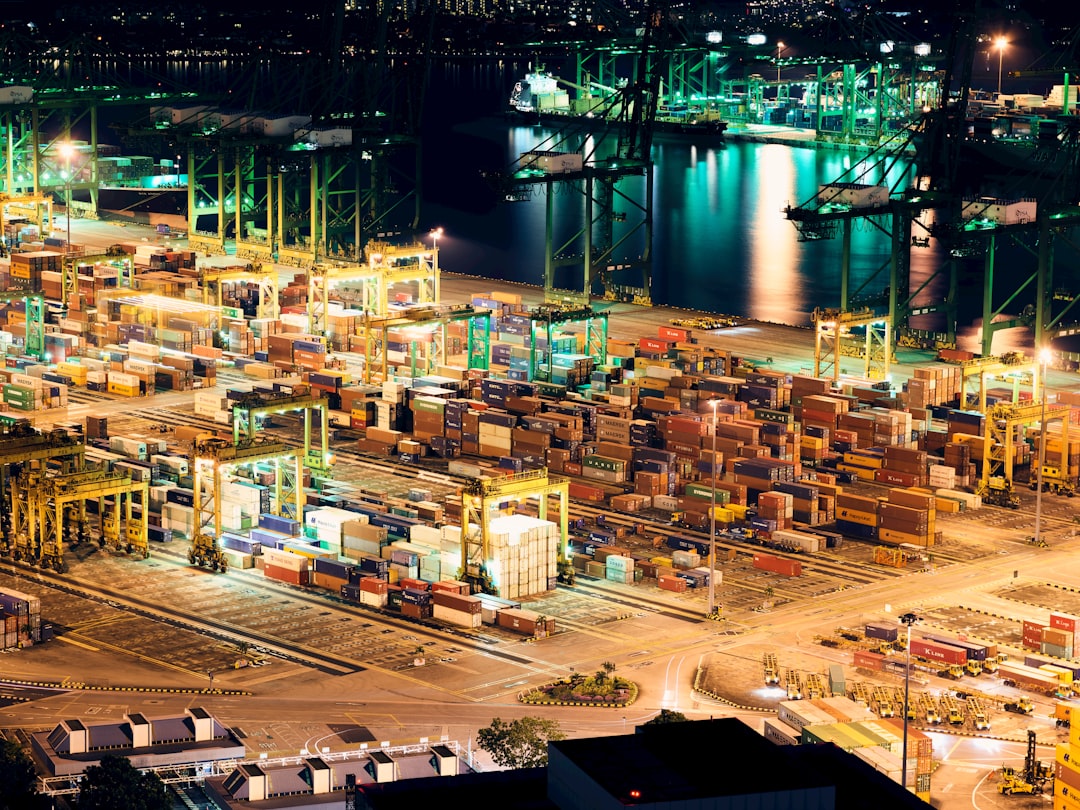In today’s interconnected world, the seamless movement of goods across borders is paramount for businesses of all sizes. This intricate process relies heavily on robust and reliable global logistics partner networks. These networks, comprised of specialized companies and interconnected systems, are the backbone of international trade, ensuring efficiency, cost-effectiveness, and timely delivery of products to consumers worldwide. This comprehensive guide explores the crucial aspects of these networks, providing valuable insights into their operation and importance.
The Architecture of Global Logistics Partner Networks
Global logistics partner networks aren’t simply a collection of independent companies; they are complex ecosystems built on strategic partnerships and collaborations. These networks typically involve a variety of players, including:
- Freight Forwarders: These companies act as intermediaries, managing the entire shipping process, from origin to destination. They handle documentation, customs clearance, and arrange transportation via various modes (sea, air, land).
- Shipping Lines: Responsible for the ocean transportation of goods, these companies operate massive container ships, connecting ports around the globe.
- Air Freight Carriers: Offering faster but more expensive transportation options, air freight carriers play a crucial role in time-sensitive shipments.
- Third-Party Logistics Providers (3PLs): These companies offer a range of logistics services, including warehousing, inventory management, and order fulfillment, often managing entire supply chains.
- Customs Brokers: Specialized in navigating the complexities of international customs regulations, these brokers ensure smooth and compliant border crossings.
- Technology Providers: Software and technology platforms are essential for tracking shipments, managing data, and coordinating activities across the network.
The effectiveness of a global logistics partner network hinges on the seamless integration and communication between these various partners. Efficient data exchange, shared visibility, and collaborative problem-solving are key to success.
Benefits of Leveraging Global Logistics Partner Networks
Businesses that strategically utilize global logistics partner networks reap numerous benefits:
- Cost Reduction: Consolidated shipments, optimized routes, and efficient processes contribute to significant cost savings.
- Improved Efficiency: Streamlined operations, automated processes, and real-time tracking enhance efficiency and reduce lead times.
- Enhanced Visibility and Control: Real-time tracking and data analytics provide greater visibility into the supply chain, enabling proactive management and quicker response to potential issues.
- Scalability and Flexibility: Partner networks offer the scalability to adapt to changing business needs and the flexibility to handle fluctuating demand.
- Access to Expertise and Resources: Partners bring specialized expertise and resources, mitigating risk and ensuring compliance with international regulations.
- Global Reach: Networks extend a company’s reach to global markets, opening up new opportunities for growth and expansion.
Challenges in Managing Global Logistics Partner Networks
Despite the numerous advantages, managing global logistics partner networks presents several challenges:
- Complexity: The sheer complexity of coordinating multiple partners across different time zones and regulatory environments can be daunting.
- Communication Barriers: Effective communication is crucial but can be hampered by language differences, cultural nuances, and differing business practices.
- Risk Management: Geopolitical instability, natural disasters, and supply chain disruptions pose significant risks that require careful mitigation strategies.
- Data Security and Privacy: Sharing sensitive data across multiple partners necessitates robust security measures to protect against breaches and maintain compliance with data privacy regulations.
- Cost Control: Balancing cost optimization with service quality and reliability requires careful planning and negotiation with partners.
- Technology Integration: Integrating different technology systems across the network can be complex and require significant investment.
Strategic Selection of Global Logistics Partners
Choosing the right global logistics partners is critical to the success of any international business. A thorough selection process should consider the following factors:
- Financial Stability and Reputation: Select partners with a proven track record of reliability and financial stability.
- Service Capabilities and Expertise: Assess the partners’ capabilities to meet specific needs, including transportation modes, warehousing, and customs brokerage.
- Technology and Infrastructure: Evaluate the partners’ technology infrastructure and ability to provide real-time tracking and data visibility.
- Geographic Coverage: Ensure the partners have a strong presence in key markets and can provide seamless coverage across the entire supply chain.
- Compliance and Regulatory Expertise: Verify that the partners are compliant with all relevant international regulations and possess the necessary expertise to navigate customs procedures.
- Contractual Agreements: Establish clear contractual agreements that outline responsibilities, service levels, and dispute resolution mechanisms.
Future Trends in Global Logistics Partner Networks
The global logistics landscape is constantly evolving, driven by technological advancements and shifting market dynamics. Key future trends include:
- Increased Automation and Robotics: Automation is transforming various aspects of logistics, from warehousing and transportation to customs clearance.
- Rise of Artificial Intelligence (AI) and Machine Learning (ML): AI and ML are being leveraged for predictive analytics, route optimization, and improved decision-making.
- Blockchain Technology: Blockchain offers the potential to enhance transparency, security, and traceability throughout the supply chain.
- Growth of E-commerce and Omnichannel Logistics: The explosive growth of e-commerce necessitates flexible and agile logistics networks capable of handling increased volumes and diverse delivery options.
- Sustainability and Green Logistics: Growing environmental concerns are driving the adoption of sustainable practices, including fuel-efficient transportation and reduced carbon emissions.
By understanding and adapting to these trends, businesses can optimize their global logistics partner networks for greater efficiency, resilience, and sustainability.
Tags: Global Logistics, Logistics Partner Networks, Supply Chain Management, International Shipping, Freight Forwarding




